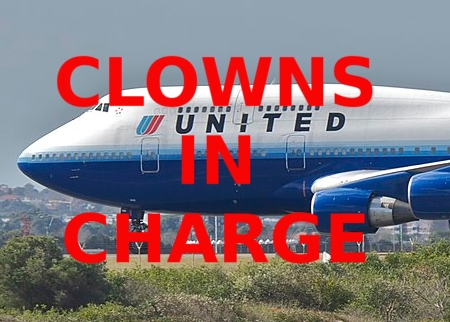OneWeb scraps further launches from Russia
OneWeb’s board of directors has voted to cancel all further launches of its satellites from Russia, refusing to meet Russia’s demand that the United Kingdom divest its half share in the company.
On Thursday, OneWeb said the company’s board had voted to suspend all launches from Baikonur, Kazakhstan, where the Russian spaceport operated by Roscosmos is based.
OneWeb didn’t elaborate on the vote. But the UK’s Business and Energy Secretary, Kwasi Kwarteng, said his government had refused to divest from OneWeb, which received funding from British authorities in 2020 to stave off a bankruptcy. “The UK Government supports OneWeb’s decision,” Kwarteng tweeted on Thursday. “In light of Russia’s illegal and unprovoked invasion of Ukraine, we are reviewing our participation in all further projects involving Russian collaboration,” he added.
OneWeb hasn’t commented on the company’s contingency plans. But it’s almost certainly looking for a new launch partner. Russia’s Roscosmos previously helped OneWeb send up 428 of 648 satellites for its internet system, which is designed to serve enterprise users.
This decision, combined with Russia’s decision to suspend further Soyuz-2 rocket launches from French Guiana, essentially ends Russia’s partnership with Arianespace. It also likely ends for many years Russia’s place in the international launch market. OneWeb and Arianespace were its last remaining international customers, and their business is now gone. Even if the Ukraine War was settled today, I suspect neither would wish to renew their business with Russia.
As for OneWeb, it has a number of options in the growing launch market, with Arianespace’s rockets its most likely choice. Financially, the delay hurts them in two ways: First, they have paid Russia for a number of launches already, and Russia has said it will not refund the money. Thus, those launches will cost twice as much. Second, the delay hurts them in their effort to compete with SpaceX’s Starlink constellation.
OneWeb’s board of directors has voted to cancel all further launches of its satellites from Russia, refusing to meet Russia’s demand that the United Kingdom divest its half share in the company.
On Thursday, OneWeb said the company’s board had voted to suspend all launches from Baikonur, Kazakhstan, where the Russian spaceport operated by Roscosmos is based.
OneWeb didn’t elaborate on the vote. But the UK’s Business and Energy Secretary, Kwasi Kwarteng, said his government had refused to divest from OneWeb, which received funding from British authorities in 2020 to stave off a bankruptcy. “The UK Government supports OneWeb’s decision,” Kwarteng tweeted on Thursday. “In light of Russia’s illegal and unprovoked invasion of Ukraine, we are reviewing our participation in all further projects involving Russian collaboration,” he added.
OneWeb hasn’t commented on the company’s contingency plans. But it’s almost certainly looking for a new launch partner. Russia’s Roscosmos previously helped OneWeb send up 428 of 648 satellites for its internet system, which is designed to serve enterprise users.
This decision, combined with Russia’s decision to suspend further Soyuz-2 rocket launches from French Guiana, essentially ends Russia’s partnership with Arianespace. It also likely ends for many years Russia’s place in the international launch market. OneWeb and Arianespace were its last remaining international customers, and their business is now gone. Even if the Ukraine War was settled today, I suspect neither would wish to renew their business with Russia.
As for OneWeb, it has a number of options in the growing launch market, with Arianespace’s rockets its most likely choice. Financially, the delay hurts them in two ways: First, they have paid Russia for a number of launches already, and Russia has said it will not refund the money. Thus, those launches will cost twice as much. Second, the delay hurts them in their effort to compete with SpaceX’s Starlink constellation.




